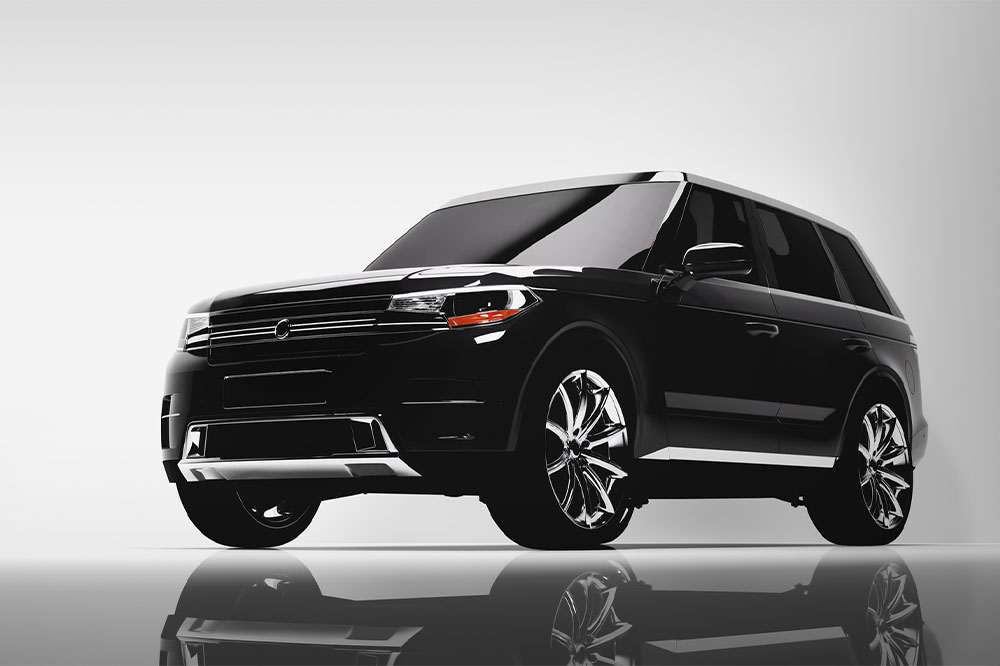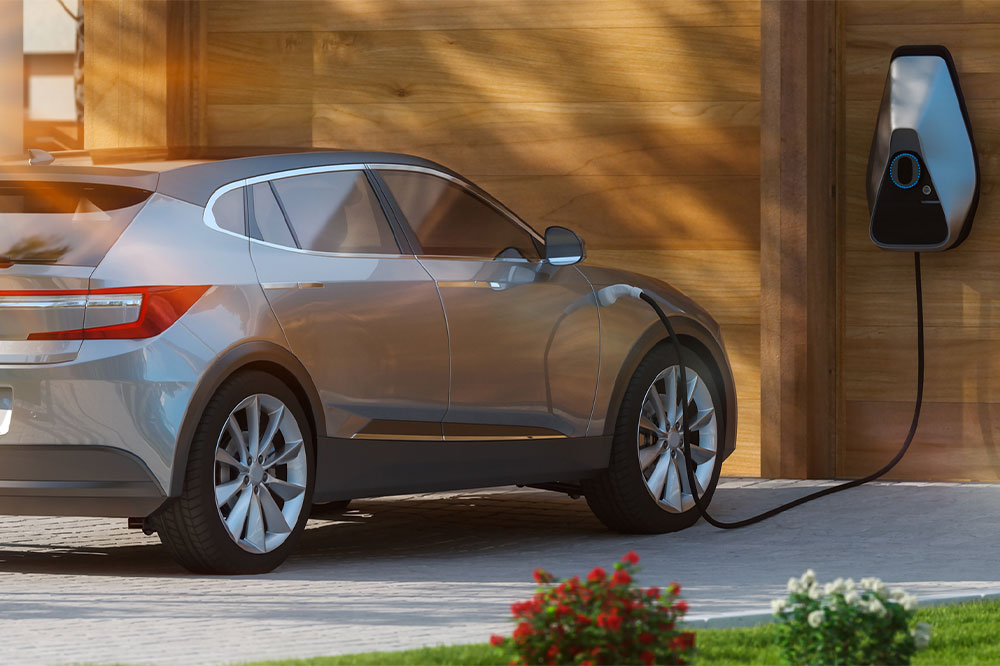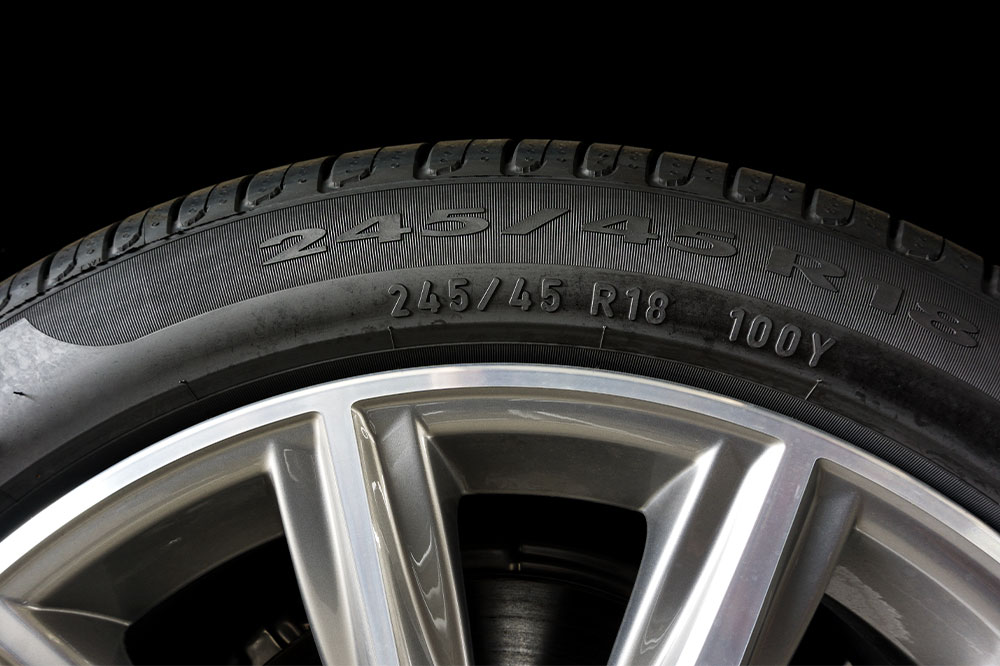Avoid these 8 common driving mistakes

Driving is an activity that you get better at by doing it regularly. And it’s quite common to make small mistakes during the learning phase. But once you receive the driver’s license, it’s also up to you to ensure proper driving etiquette for city and highway conditions by following the rules. One small mistake or lapse of attention can result in devastating consequences. So, pay attention to these common mistakes to avoid any mishaps.
Not wearing a seatbelt
Seatbelts save lives! No matter how uncomfortable or tight the belt feels, it is absolutely necessary to wear it for both passenger and driver. All states mandate it by law and impose hefty fines for drivers caught without a belt.
Ignoring speed limits
Speeding is one of the most common reasons new drivers get a ticket. Speed zones change when you drive on different roads, and it is important to pay attention to the signs. It is enough to get a ticket even if you are going just a few miles over the limit. It’s important to also pay attention to the speedometer while adjusting the speed unless your vehicle has an auto cruise mode that adjusts the throttle and braking response accordingly.
Not ensuring proper space between vehicles
One of the critical mistakes a driver makes is not gauging the distance between two vehicles. This applies to both the front and back of the car. Keeping a safe distance between your car and the one ahead can help buy time to recognize a hazard and respond safely. Also, you need to pay attention to the rearview to understand how quickly you can make the stop and avoid the vehicle at the back careening into your car. So always pay attention to how much space is available between cars based on the length of your vehicle.
Driving with distractions
Listening to music or the morning broadcast on the radio is fine as long as you also pay attention to the road ahead. Also, avoid talking too much when driving at high speeds on the freeway. Reaction time is critical to ensure the safety of all passengers, so you must be aware of the distractions in the vehicle. Remember, you are not the only one traveling on the freeway or stuck in a busy road. Even if you are paying attention, it’s necessary to account for sudden vehicular movement by traffic in the adjacent or parallel lanes. One small slip-up can cause expensive damage to the vehicle.
Not using indicators and blinkers
Indicators are installed for a reason. But rookie or overconfident drivers may neglect the feature to signal before switching lanes or making a turn. It’s necessary to ensure the vehicle following behind you has time to react and adjust to your change in speed and direction. When it comes to turn signals, there are unspoken rules that apply to all drivers. Neglecting the proper use of signals increases the risk of accidents. Also, if your vehicle is damaged and not running smoothly, put on the alert blinkers to notify fellow drivers.
Not giving proper way to emergency vehicles
Emergency vehicles like ambulances, police vehicles, and fire trucks need a clear route to attend to critical situations immediately. Sometimes new drivers may not be used to such situations and may get themselves into a panic state. Mostly sirens can be heard from a distance, so one has plenty of time to change tracks or come to a complete stop accordingly. Never drive in a way that you find yourself obstructing the path of any passing emergency vehicle.
Failing to check the blind spot
Navigating tight corners or cramped parking spaces can be a hassle, even for the most experienced drivers. However, modern-day vehicles come with sensors that indicate proximity to another vehicle or object. Even so, you must use the side view and rearview mirrors to check for blind spots while switching lanes at high speeds. Check in all directions and your blind spot to make sure you are not coming in the way of another vehicle or around pedestrians at the junction while merging or pulling out into traffic.
Not getting the vehicle serviced
Getting the vehicle serviced from time to time is a critical part of the maintenance. A proper service entails checking the brakes, electrical systems, lubricants, and engine oil fluid to ensure the proper functioning of the vehicle. But many drivers fail to do so and only get it done when it becomes absolutely necessary. Delaying proper maintenance and service only puts the driver at risk and makes the vehicle unfit for travel.









